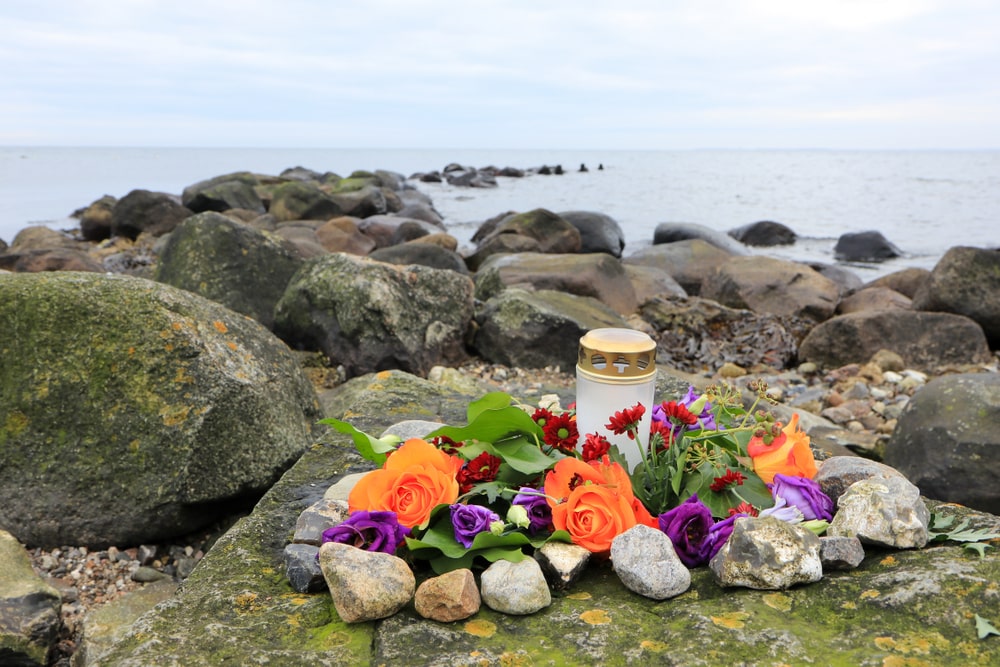
Planning for end-of-life wishes and walking through grief can both be very difficult seasons in life. But you don’t have to walk through them alone. Others have gone before us who aren’t afraid to discuss their ups and downs through the journey. In these 5 powerful TED talks, each speaker shares part of their own personal journey with grief and the lessons they learned and wisdom they gained as a result. As they bare their hearts and share their stories, may you find comfort and peace but also the inspiration to grow in the way you think, feel, and process grief and death.
5 Powerful TED Talks About Grief and End-of-Life Wishes
The Gift and Power of Emotional Courage (Susan David)
When faced with loss and the difficult seasons of life, our emotions can sometimes feel like a hindrance rather than a help. In her powerful presentation, Susan David discusses the value of emotions while also emphasizing the importance of resilience and emotional dexterity. In this deeply moving, at times humorous, talk, she discusses the passing of her father and how that event catapulted her into learning how to recognize and acknowledge emotions while also working toward accepting and processing them in a healthy way.
We Don’t “Move On” from Grief – We Move Forward with It (Nora McInerny)
Following the loss of a loved one, many of us may have heard the words, “It’s time to move on.” While the person may have had good intentions, these words aren’t necessarily helpful. In this TED talk, Nora McInerny shares her own personal grief story and candidly discusses what we often think and what we’d like to say when other people say the wrong thing during times of grief. In her own words, she encourages her listeners to remember that “A grieving person is going to laugh again and smile again. They’re going to move forward. But that doesn’t mean that they’ve moved on.”
The Journey through Loss and Grief (Jason Rosenthal)
Losing a loved one is never easy. In this brutally honest, at times sweetly funny, and yet heart-wrenching story, Jason Rosenthal discusses the difficulties of caring for a dying loved one through hospice. Before she died, Jason’s wife, Amy, wrote a widely read article giving her husband permission to move on and find happiness. In this talk, given just one year after her death, Jason shares candid insights into the process of grieving and offers heartfelt wisdom for anyone experiencing life-changing grief.
What Makes Life Worth Living in the Face of Death (Lucy Kalanithi)
Even in the face of death, life is precious and worth living. That’s what Lucy Kalanithi and her husband, Paul, found as they faced his terminal diagnosis. In her dually-focused talk, Lucy shares about her end-of-life journey with Paul while also advocating for people to pursue medical care that best fits their personal values. In the end, she says that both she and Paul learned that, “Engaging in the full range of experience — living and dying, love and loss — is what we get to do. Being human doesn’t happen despite suffering — it happens within it.”
Talk About Your Death while You’re Still Healthy (Michelle Knox)
In general, we avoid talking about death and all the trappings that come with it. But is that really the best approach? In this straightforward yet heartfelt talk, Australian Michelle Knox explores a topic most of us avidly avoid: death. She asks us to reflect on our core values and intentionally share them with our loved ones. That way, when we are gone, our surviving family members can make informed decisions without fearing that they have failed to honor our legacy.
DISCLAIMER: Individual circumstances and state laws vary, so any estate planning should only be undertaken with the help and assistance of an attorney licensed in your state.




 Readings
Readings


















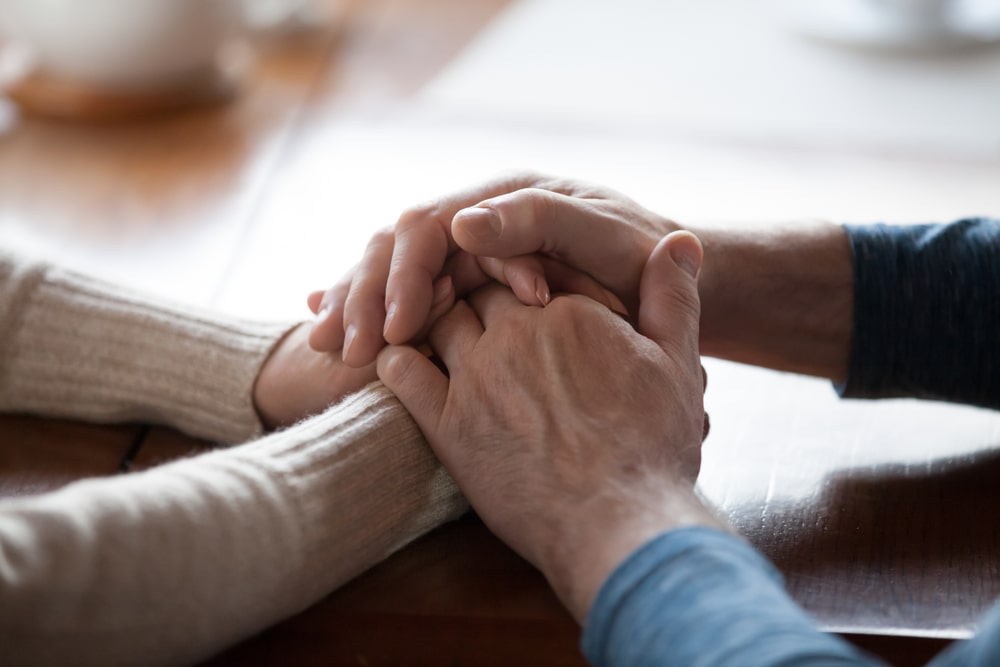
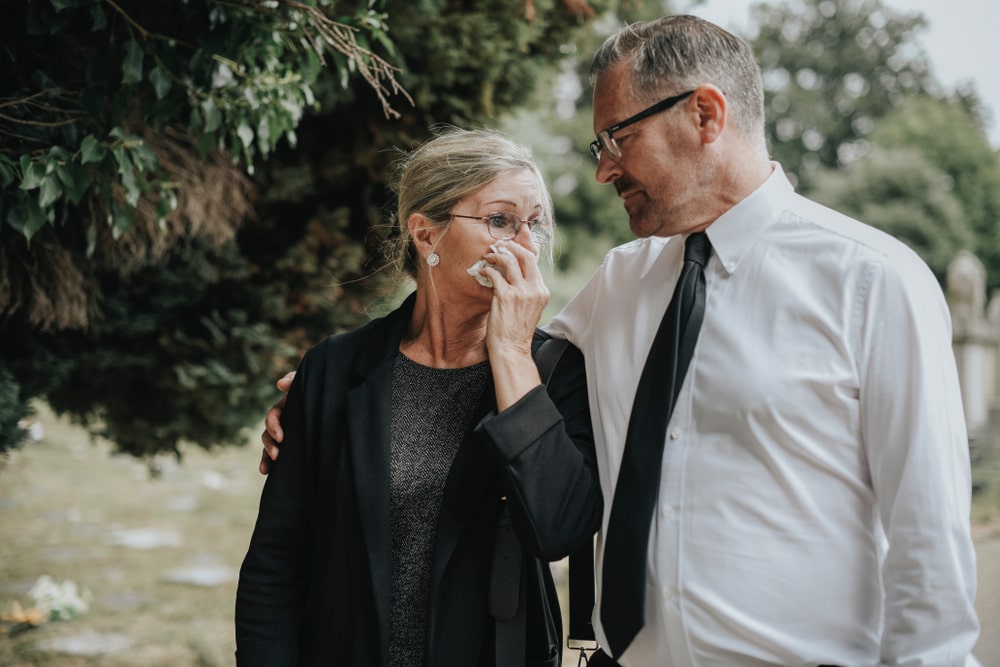









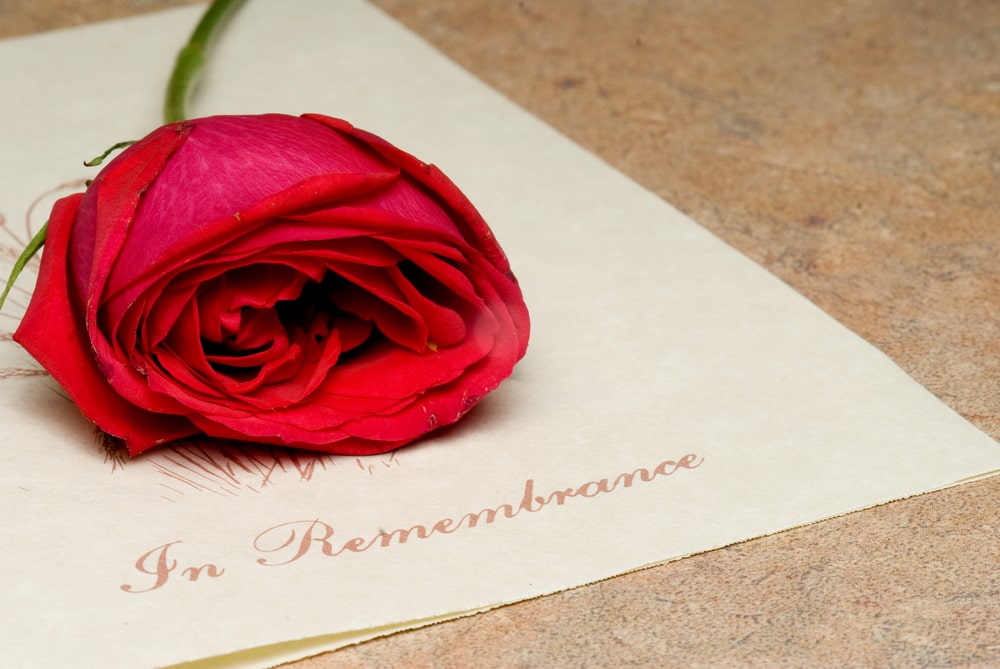


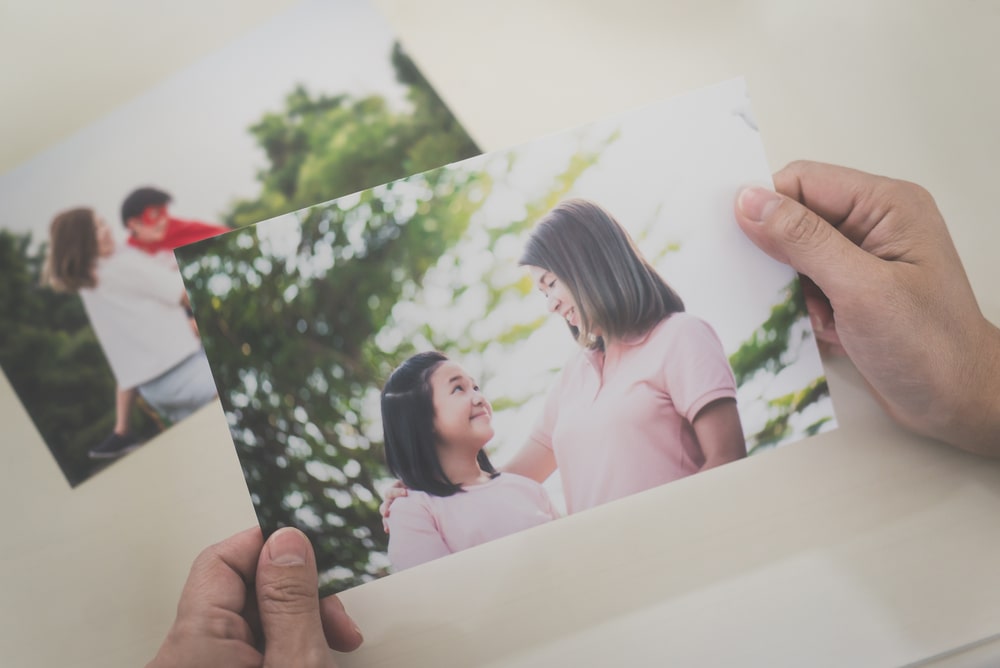


 2. Medical Power of Attorney
2. Medical Power of Attorney

 5. Revocable Living Trust
5. Revocable Living Trust






